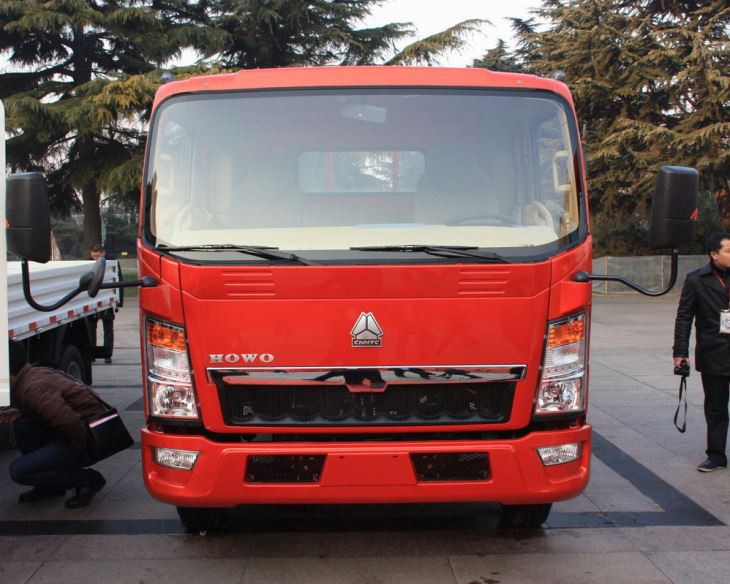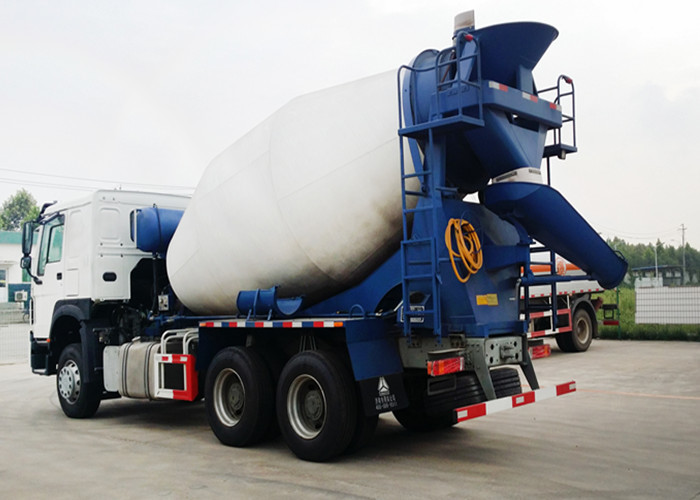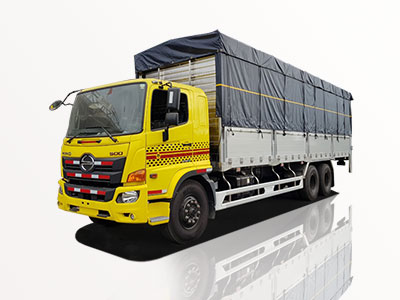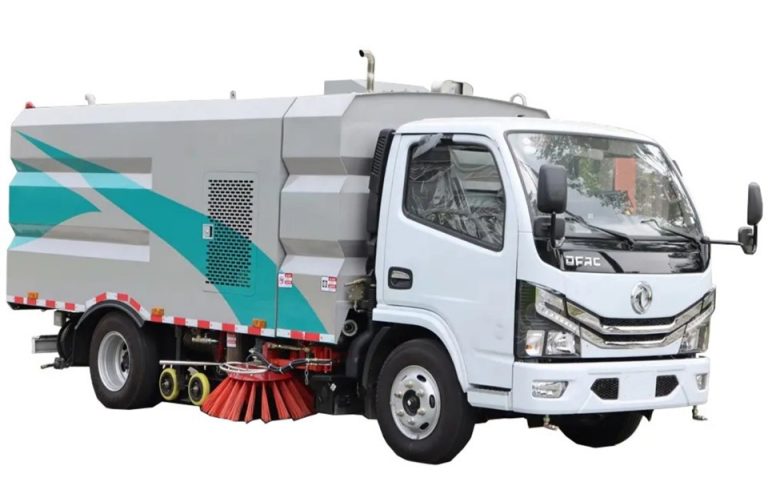Firetrucks are essential vehicles in firefighting and rescue operations. They come in various designs and are equipped with different tools and technologies to tackle specific situations. This comprehensive guide will delve into the different types of firetrucks, their main features, uses, and examples to help you understand their roles better.
Table of Contents
- 1. Overview of Firetrucks
- 2. Pumper Trucks
- 3. Aerial Firetrucks
- 4. Tanker Trucks
- 5. Rescue Vehicles
- 6. Brush Trucks
- 7. Fireboats
- 8. Specialty Fire Vehicles
- 9. Comparison Table of Firetruck Types
- 10. FAQs
1. Overview of Firetrucks
Firetrucks, also known as fire engines, play a critical role in emergency response situations. They are designed to transport firefighters and equipment to the scene of a fire or emergency. Understanding the different types of firetrucks can help communities appreciate the resources available for firefighting and rescue operations.
2. Pumper Trucks
What are Pumper Trucks?
Pumper trucks are the most common type of firetruck. They are equipped with a water pump, hoses, and various firefighting tools. Pumper trucks are primarily used to pump and deliver water and can carry a limited supply of water, usually between 500 to 1,500 gallons.
Key Features of Pumper Trucks
- Water tank capacity: 500 to 1,500 gallons
- Pumping capacity: 1,000 to 2,000 gallons per minute
- Hose storage compartments
- Small equipment storage (hoses, nozzles, ladders)
Uses of Pumper Trucks
Pumper trucks are utilized for a variety of operations, including:
- Supplying water to firefighters on the ground
- Establishing a water source at fires
- Performing initial attack operations
Examples of Pumper Trucks
Popular models include:
- Ford F-550 Fire Pumper
- Freightliner M2 Pumper Truck
- International 4400 Fire Pumper
3. Aerial Firetrucks
What are Aerial Firetrucks?
Aerial firetrucks are specialized vehicles designed to reach high places. Equipped with a large extendable ladder or platform, these trucks allow firefighters to access elevated areas and extinguish fires from above.
Key Features of Aerial Firetrucks
- Large rotating ladder (often 75 to 100 feet)
- Stabilizing outriggers for structural support
- Platform for personnel and equipment
Uses of Aerial Firetrucks
Aerial firetrucks are essential for:
- Rescuing individuals from high-rise buildings
- Conducting aerial firefighting operations
- Accessing hard-to-reach areas
Examples of Aerial Firetrucks
Well-known models include:
- American LaFrance 95’ Aerial Ladder
- Spartan ERV Aerial Platform
- GMC Topkick Aerial Fire Truck
4. Tanker Trucks
What are Tanker Trucks?
Tanker trucks are designed to transport large volumes of water to firefighting sites, particularly in areas lacking hydrants. They are crucial for rural firefighting operations and typically have a water capacity of 1,000 to over 3,000 gallons.
Key Features of Tanker Trucks
- High water capacity (1,000 to 3,000+ gallons)
- Water pumping system
- Emergency lights and sirens
Uses of Tanker Trucks
Tanker trucks are primarily used for:
- Transporting water to fire scenes
- Establishing water supply in rural areas
- Supporting pumper trucks in sustained operations
Examples of Tanker Trucks
Popular models of tanker trucks include:
- International Tanker Truck
- Freightliner Tandem Tanker
- Peterbilt Water Tanker
5. Rescue Vehicles
What are Rescue Vehicles?
Rescue vehicles are specialized firetrucks equipped for emergency medical services (EMS) and rescue operations. These trucks carry essential tools and equipment for rescuers to efficiently save lives in various scenarios.
Key Features of Rescue Vehicles
- Medical supplies and equipment
- Rescue tools (cutters, spreaders, etc.)
- Airbags for entrapment rescues
Uses of Rescue Vehicles
Rescue vehicles are crucial for:
- Conducting medical rescues
- Responding to vehicle accidents
- Performing technical rescues in confined spaces
Examples of Rescue Vehicles
Notable models include:
- Chevrolet Traverse Rescue Truck
- Ford F-550 Rescue Vehicle
- Ram 5500 Rescue Truck
6. Brush Trucks
What are Brush Trucks?
Brush trucks are compact firetrucks designed for fighting wildfires and brush fires. They are usually equipped with off-road capabilities, making them ideal for navigating rough terrains.
Key Features of Brush Trucks
- Water tank capacity: 300 to 500 gallons
- 4WD capability for rugged terrain
- Low-profile design for access to narrow areas
Uses of Brush Trucks
Brush trucks are primarily used for:
- Fighting wildfires in forested areas
- Patrolling for fire prevention
Examples of Brush Trucks
Common models include:
- Ford F-350 Brush Truck
- Chevrolet Silverado Brush Truck
7. Fireboats
What are Fireboats?
Fireboats are specialized vessels used to combat fires on water and coastal areas. They are equipped with large water pumps and can discharge significant amounts of water to extinguish blazes.
Key Features of Fireboats
- Large-capacity water pumps
- Firefighting hoses mounted on the vessel
- Life-saving equipment for rescues
Uses of Fireboats
Fireboats are utilized for:
- Extinguishing fires on ships or near the coast
- Rescue operations in water
Examples of Fireboats
Examples of well-known fireboats include:
- New York City Fireboat 343
- Seattle Fireboat Guardian
8. Specialty Fire Vehicles
What are Specialty Fire Vehicles?
Specialty fire vehicles are custom-built to meet specific emergency response needs. These can include command vehicles, hazardous materials units, and mobile command centers.
Key Features of Specialty Fire Vehicles
- Custom equipment for specialized scenarios
- Advanced communication and command capabilities
Uses of Specialty Fire Vehicles
They are employed for:
- Managing complex incidents
- Dealing with hazardous materials
Examples of Specialty Fire Vehicles
Common models include:
- Command Vehicle by Custom Fire
- Hazardous Materials Response Vehicle
9. Comparison Table of Firetruck Types
| Type of Firetruck | Water Capacity (Gallons) | Primary Use | Distinct Features |
|---|---|---|---|
| Pumper Truck | 500 – 1,500 | Water supply and firefighting | Hoses and firefighting tools |
| Aerial Firetruck | N/A | High-rise firefighting | Extendable ladder or platform |
| Tanker Truck | 1,000 – 3,000+ | Water transport | High water capacity |
| Rescue Vehicle | N/A | Medical and technical rescues | Rescue tools and medical supplies |
| Brush Truck | 300 – 500 | Wildfire response | Off-road capabilities |
| Fireboat | N/A | Marine firefighting | Marine firefighting capabilities |
| Specialty Fire Vehicles | N/A | Custom emergency response | Varied based on purpose |
10. FAQs
1. What is the most common type of firetruck?
The most common type of firetruck is the pumper truck, used for firefighting and water supply.
2. How do fireboats operate?
Fireboats operate by utilizing large water pumps to extinguish fires on the water and in coastal areas.
3. What is the purpose of a brush truck?
Brush trucks are specialized for fighting wildfires and navigating rough terrains.
4. Can pumper trucks also transport water?
Yes, pumper trucks can transport water, but they have limited capacity compared to tanker trucks.
5. What equipment is found in a rescue vehicle?
Rescue vehicles are equipped with medical supplies, rescue tools, and other equipment for emergency situations.
6. Are aerial firetrucks used in rural areas?
Aerial firetrucks are typically more common in urban areas but can be used in rural settings with tall structures.



